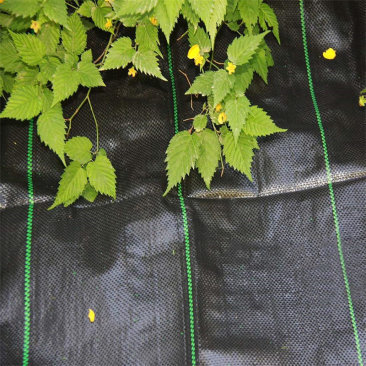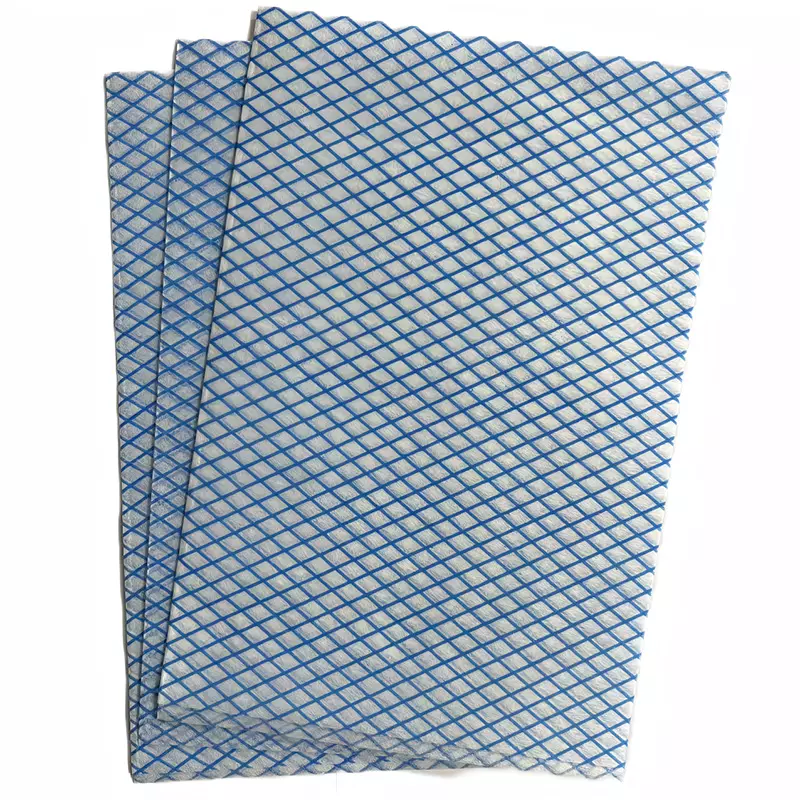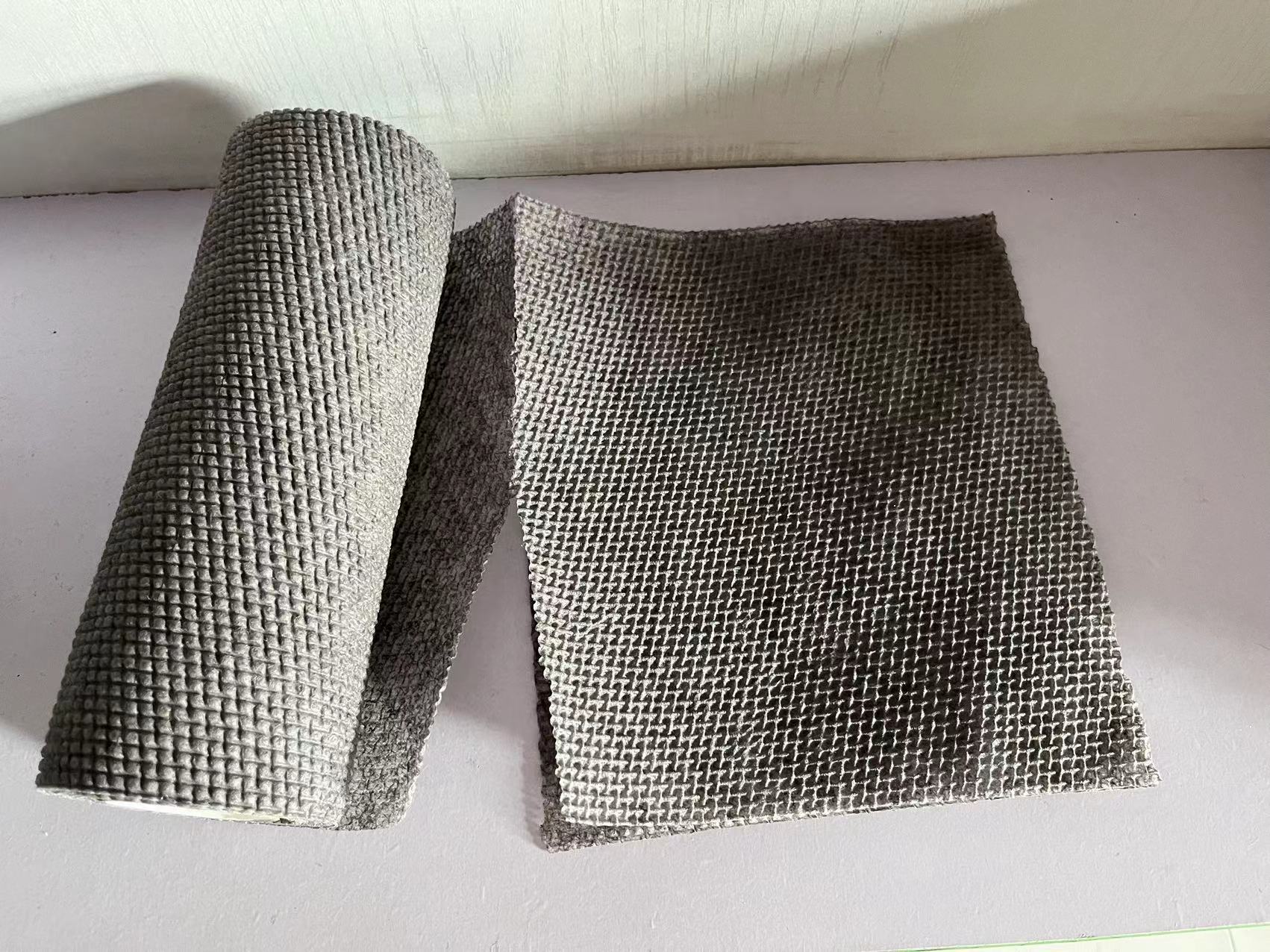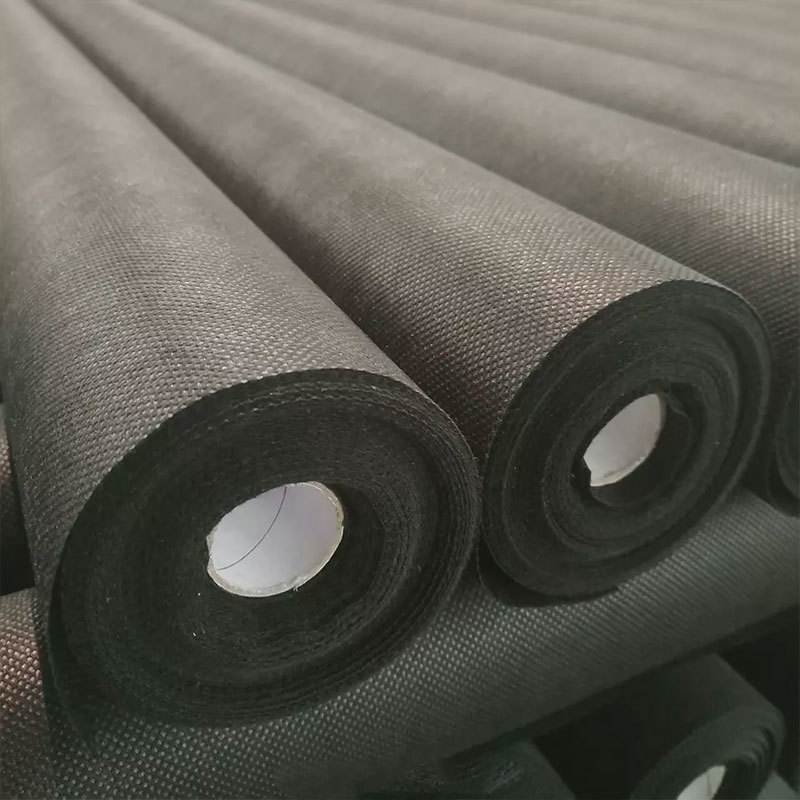25
2025
-
05
Understanding Polypropylene Nonwoven Fabric: Applications and Benefits
Polypropylene nonwoven fabric is a synthetic material made from polypropylene fibers, which are bonded together using various processes, such as thermal, chemical, or mechanical means. This innovative fabric has gained significant popularity in recent years due to its unique combination of properties, making it suitable for a wide range of applications. One of the most notable characteristics of p
Polypropylene nonwoven fabric is a synthetic material made from polypropylene fibers, which are bonded together using various processes, such as thermal, chemical, or mechanical means. This innovative fabric has gained significant popularity in recent years due to its unique combination of properties, making it suitable for a wide range of applications.
One of the most notable characteristics of polypropylene nonwoven fabric is its lightweight and durable nature. This fabric is resistant to tearing and can withstand various environmental conditions, making it ideal for both indoor and outdoor applications. Additionally, it has excellent moisture-wicking properties, allowing for effective moisture management, which is particularly beneficial in applications such as medical gowns and masks.
In the healthcare sector, polypropylene nonwoven fabric is widely used for disposable products, including surgical masks, gowns, and drapes. Its ability to provide a barrier against bacteria and fluids is essential in maintaining hygiene standards in medical environments. Furthermore, the fabric is breathable, which ensures comfort for both the wearer and the patient.
Another significant application of polypropylene nonwoven fabric is in the construction industry, where it serves as a geotextile material. Its strength and durability make it an excellent choice for soil stabilization, erosion control, and drainage systems. The fabric allows water to pass through while preventing soil particles from escaping, thus maintaining the integrity of the landscape.
In addition to healthcare and construction, polypropylene nonwoven fabric has found its place in the agricultural sector. It is often used for crop covers, weed barriers, and mulch mats, providing protection to plants while allowing air and moisture to reach the soil. This application not only enhances plant growth but also contributes to sustainable farming practices.
The versatility of polypropylene nonwoven fabric extends to consumer products as well. It is commonly found in the production of bags, filters, and even home furnishings. Its ability to be produced in various colors and patterns makes it an attractive option for designers looking to create aesthetically pleasing products.
Moreover, the production of polypropylene nonwoven fabric is more environmentally friendly compared to many traditional textile manufacturing processes. It requires less water and energy, and the fabric can be recycled, contributing to a circular economy.
In summary, polypropylene nonwoven fabric stands out as a remarkable material that bridges functionality and versatility. Its applications span across healthcare, construction, agriculture, and consumer goods, making it a vital component in various industries. Understanding the benefits and potential of this innovative fabric can open up new opportunities for professionals looking to enhance their product offerings and stay ahead in the competitive market of nonwoven fabrics.
One of the most notable characteristics of polypropylene nonwoven fabric is its lightweight and durable nature. This fabric is resistant to tearing and can withstand various environmental conditions, making it ideal for both indoor and outdoor applications. Additionally, it has excellent moisture-wicking properties, allowing for effective moisture management, which is particularly beneficial in applications such as medical gowns and masks.
In the healthcare sector, polypropylene nonwoven fabric is widely used for disposable products, including surgical masks, gowns, and drapes. Its ability to provide a barrier against bacteria and fluids is essential in maintaining hygiene standards in medical environments. Furthermore, the fabric is breathable, which ensures comfort for both the wearer and the patient.
Another significant application of polypropylene nonwoven fabric is in the construction industry, where it serves as a geotextile material. Its strength and durability make it an excellent choice for soil stabilization, erosion control, and drainage systems. The fabric allows water to pass through while preventing soil particles from escaping, thus maintaining the integrity of the landscape.
In addition to healthcare and construction, polypropylene nonwoven fabric has found its place in the agricultural sector. It is often used for crop covers, weed barriers, and mulch mats, providing protection to plants while allowing air and moisture to reach the soil. This application not only enhances plant growth but also contributes to sustainable farming practices.
The versatility of polypropylene nonwoven fabric extends to consumer products as well. It is commonly found in the production of bags, filters, and even home furnishings. Its ability to be produced in various colors and patterns makes it an attractive option for designers looking to create aesthetically pleasing products.
Moreover, the production of polypropylene nonwoven fabric is more environmentally friendly compared to many traditional textile manufacturing processes. It requires less water and energy, and the fabric can be recycled, contributing to a circular economy.
In summary, polypropylene nonwoven fabric stands out as a remarkable material that bridges functionality and versatility. Its applications span across healthcare, construction, agriculture, and consumer goods, making it a vital component in various industries. Understanding the benefits and potential of this innovative fabric can open up new opportunities for professionals looking to enhance their product offerings and stay ahead in the competitive market of nonwoven fabrics.
Polypropylene nonwoven fabric












